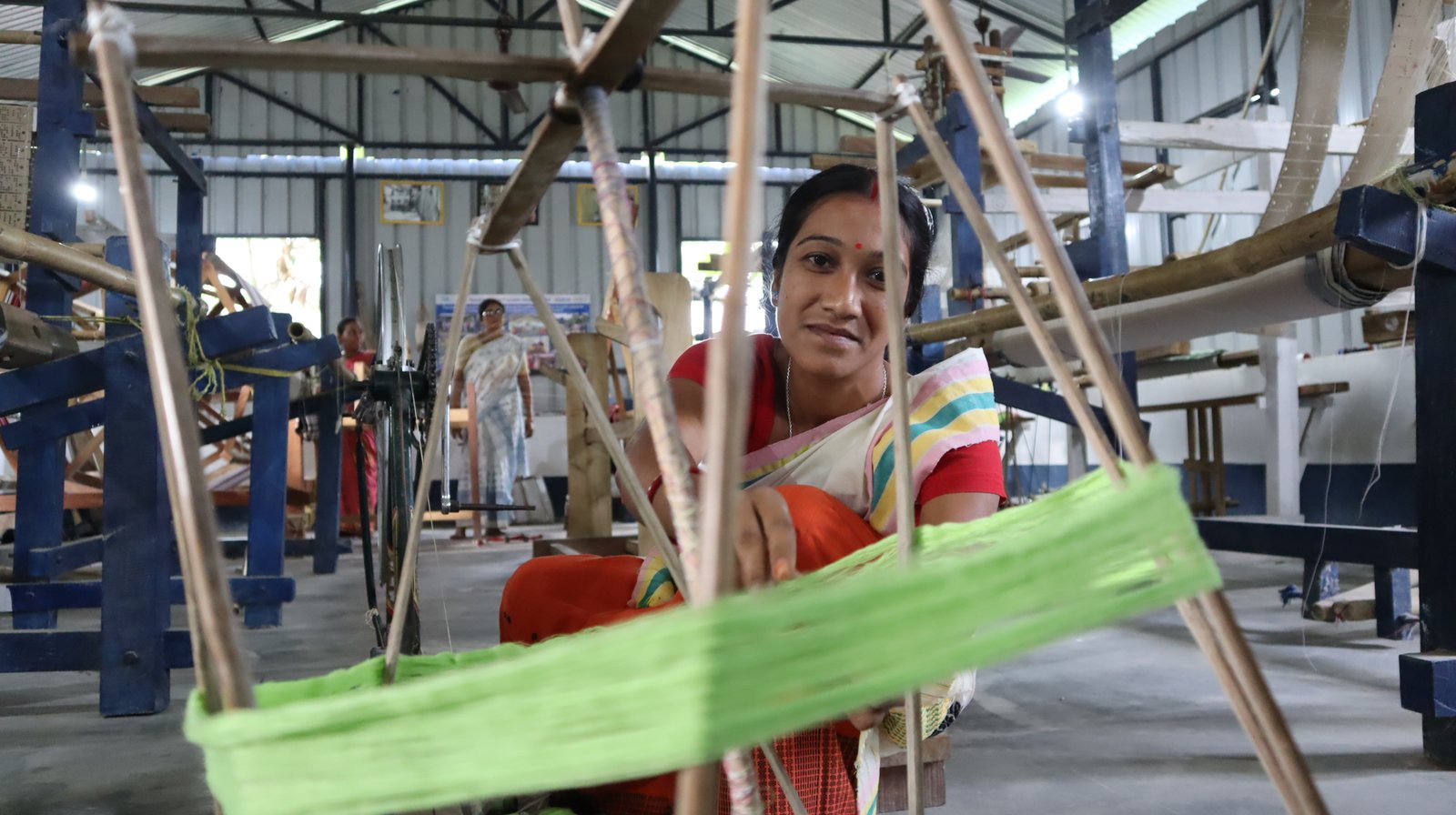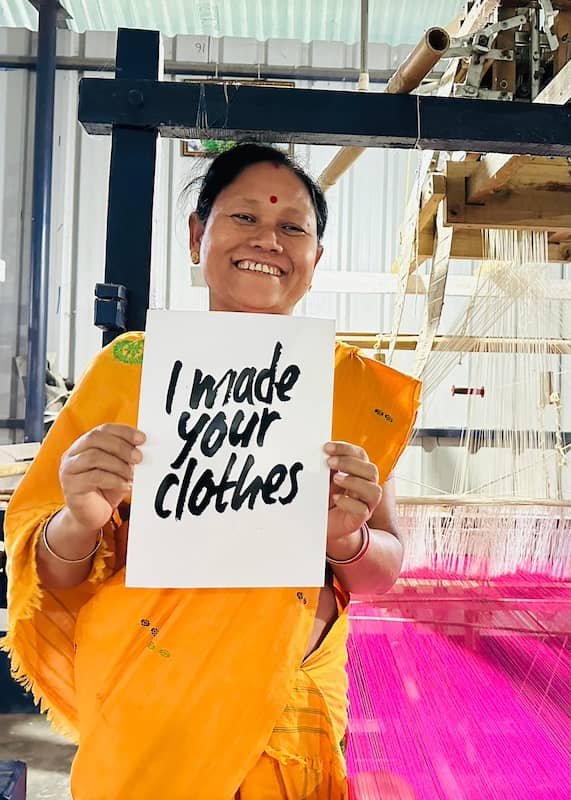Assam handloom tradition is more than just a craft; it is a vital part of the region’s cultural identity and economic foundation. With a history that stretches back centuries, handloom weaving has been passed down through generations, making it a symbol of heritage, pride, and artistry. However, in today’s rapidly changing world, this age-old tradition is facing modern challenges, from competition with machine-made fabrics to a decline in interest among younger generations.
A Rich History of Weaving
Handloom weaving in Assam dates back to ancient times, with traditional garments like Mekhela Chador and Gamusa being central to Assamese culture. These garments are used in daily wear and during special occasions, religious ceremonies, and festivals. Historically, nearly every household in Assam had a loom, and weaving was a skill that every woman was expected to learn.
The intricate designs seen in Assamese handloom fabrics are not just random patterns; they hold cultural and symbolic significance. For instance, motifs inspired by nature, like flowers, animals, and geometric patterns, are common and reflect the deep connection the Assamese people have with their environment.
The Challenge of Modernization
Despite its rich history, Assam’s handloom industry has faced significant challenges in recent decades. The rise of fast fashion and synthetic fabrics has overshadowed the demand for traditional handwoven textiles. This shift has caused many weavers to abandon their looms and seek alternative sources of income.
However, brands like Mahura Weaves are working to revive and sustain this dying art form. By providing platforms for local artisans to showcase their skills and connect with global markets, Mahura Weaves ensures that the tradition of Assamese handloom continues to thrive.
Mahura Weaves: Reviving Tradition
Mahura Weaves is not just another handloom brand. It is an initiative dedicated to empowering local weavers and artisans, especially women, by preserving their traditional skills and providing them with sustainable livelihoods. Mahura Weaves combines the elegance of traditional designs with modern aesthetics, creating garments that appeal to both domestic and international markets.
Every piece from Mahura Weaves tells a story—a story of tradition, craftsmanship, and resilience. From the vibrant Mekhela Chadors to the sophisticated silk sarees, each garment is a work of art, meticulously handwoven by skilled artisans who have perfected their craft over generations.
Conclusion
Assam’s handloom tradition is more than just a method of fabric production; it is a living embodiment of the region’s culture and heritage. By supporting brands like Mahura Weaves, consumers are not just purchasing a garment—they are becoming part of a movement to preserve and promote one of India’s most valuable artisanal legacies. Whether it’s a Mekhela Chador, a silk saree, or a handcrafted dupatta, each piece carries the spirit of Assam’s rich handloom heritage.













